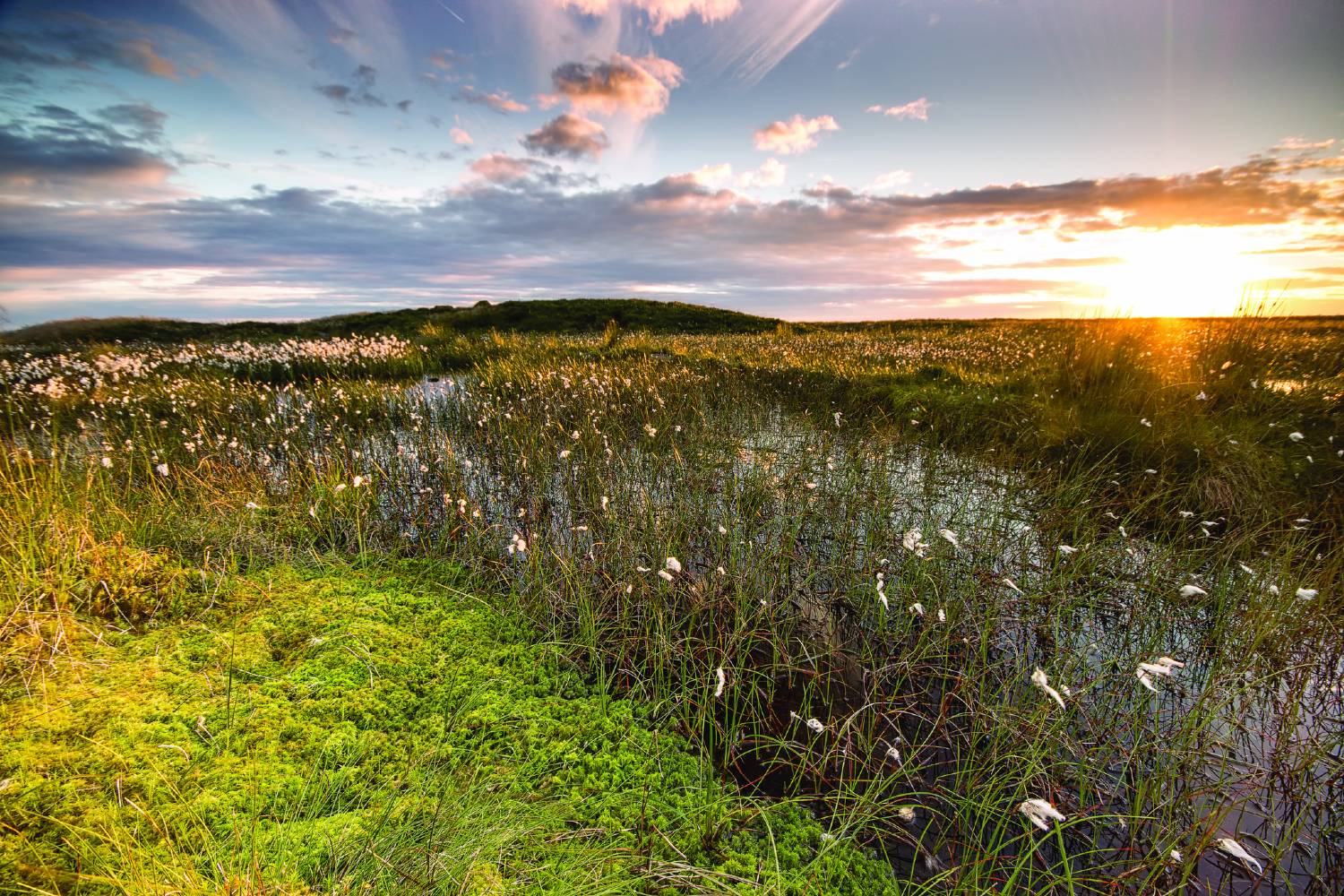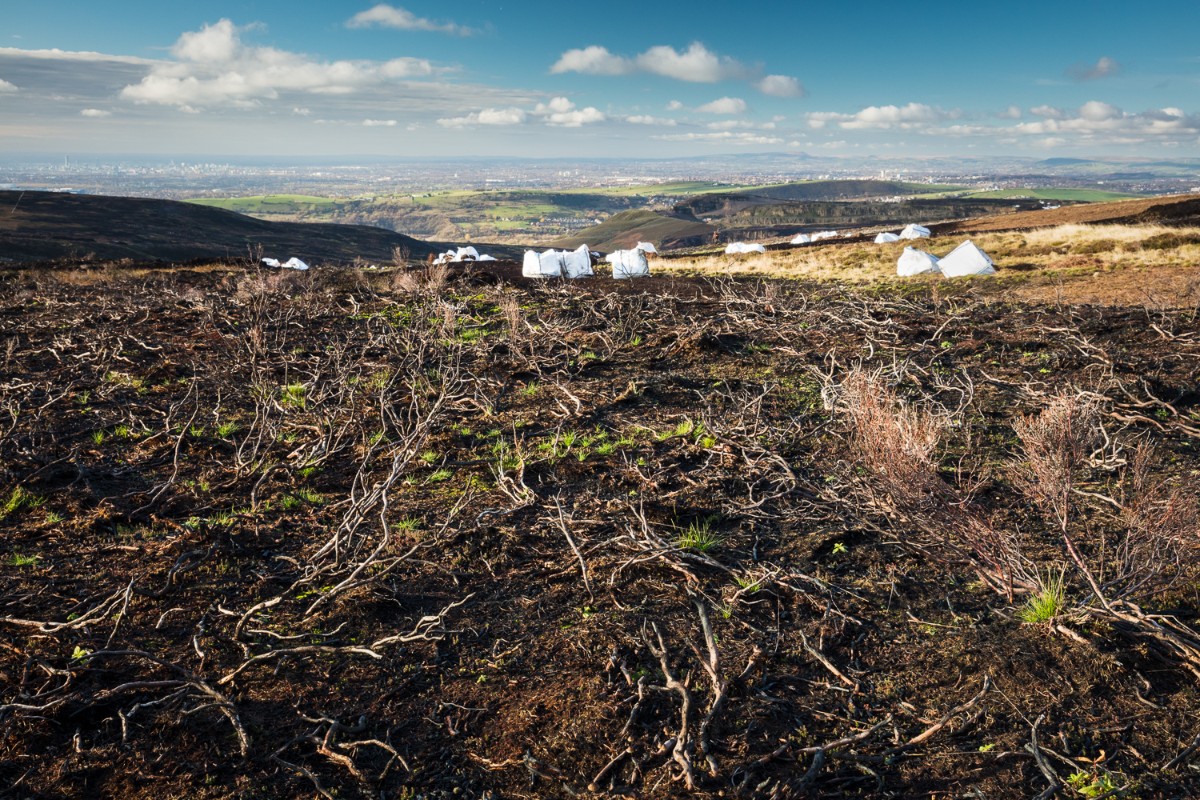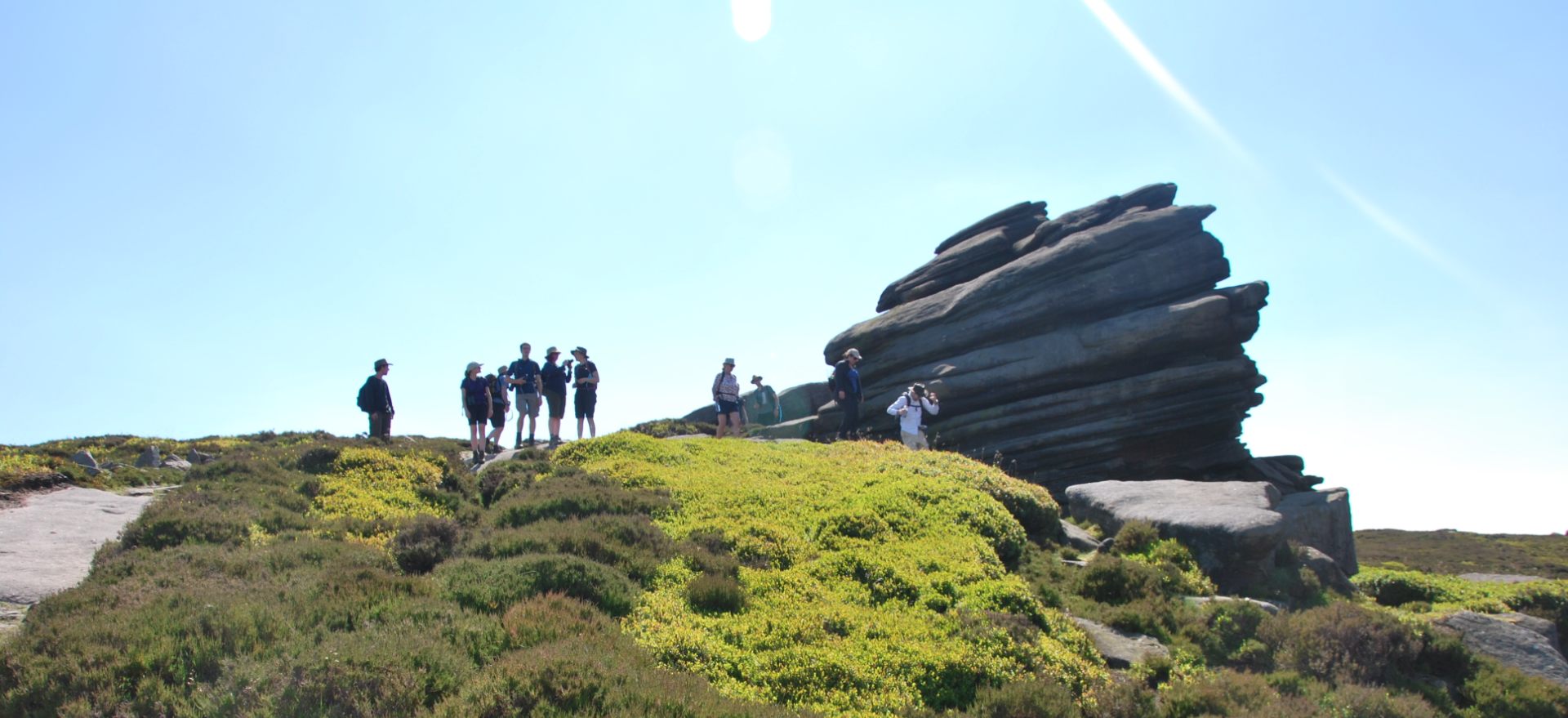Beautiful boggy landscapes with an array of hidden benefits
Sphagnum moss takes in carbon dioxide helping to fight climate change
People visit the moors to enjoy the tranquility of vast open expanses and to spot the unique wildlife
The Peak District and South Pennine moors have been described as the most degraded upland habitat in Europe, but they can be restored
Enhancing habitats
Providing homes for a wonderful array of wildlife
Improving water quality
Healthier moors provide cleaner water
Tackling Climate Change
Preventing carbon loss from peat
Space to breathe and play
The moors play an important part in health and wellbeing
Reducing the risk of flooding
The unique plants on the moors slow the flow of rain off the hills
Reducing the risk of wildfire
Healthy, well-functioning blanket bogs are less likely to burn

Blanket bogs are waterlogged areas, often in the uplands, made of a thick layer of peat
They are covered in a layer of plants including bog moss, also known as sphagnum. This special environment supports a wealth of plant and animal species.
Blanket bogs in good condition:
- provide habitat for special wildlife including many endangered birds
- improve water quality in reservoirs and rivers by preventing erosion
- reduce the risk of flooding by slowing the downhill flow of water from the hills during storms
- actively fight climate change by absorbing and storing carbon from the atmosphere
- reduce the risk of moorland wildfires because in good condition bogs are very wet
- provide us with an incredible landscape to enjoy at our leisure
- provide economic and social benefits
Unfortunately, blanket bogs in the Peak District and South Pennines have experienced long term decline, due to a range of human induced factors. This has a knock-on effect on the habitat and its ability to provide multiple benefits to society.


